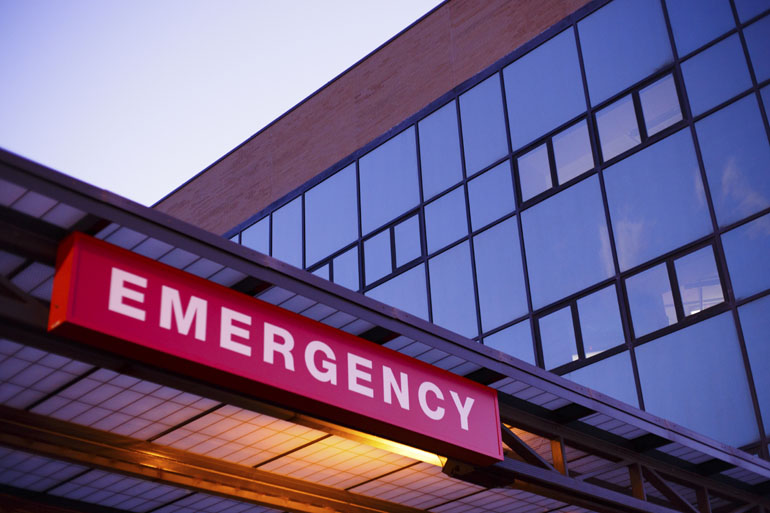Even if there’s a retail health clinic less than a 10-minute drive away, consumers are just as likely to go to the emergency department for low-level problems like bronchitis or urinary tract infections, a recent study found.
“Our results aren’t necessarily the wooden stake in the heart of retail clinics,” said Grant Martsolf, a policy researcher at the Rand Corp. and the lead author of the study, which appeared online this month in the Annals of Emergency Medicine. Retail clinics can play an important role in providing easier, more timely access to primary care services, Martsolf said. But the study results suggest that clinics aren’t the solution that policy experts have been hoping for to reduce expensive but unnecessary emergency department visits, he said.
The study examined data on emergency department visits for 11 minor health conditions at more than 2,000 emergency departments in 23 states between 2007 and 2012. Researchers analyzed the rate of emergency department visits for low-level problems, such as ear infections and sore throat, over time to see whether the opening of a nearby retail clinic led to a drop in those visits.
For the most part, they didn’t, even though the geographic overlap with emergency departments more than doubled during the study period. There was a very slight decrease in emergency department visits by privately insured patients with minor ailments, but not for other types of insurance, the study found.
Retail health clinics, often located in grocery and big-box stores, are typically staffed by nurse practitioners. They treat minor injuries and infections, give vaccines or sports physicals and provide preventive care. Up to 20 percent of emergency department visits are for low-level conditions that could be treated in retail or urgent care clinics, according to Rand research. Moving those visits out of the emergency department could save $4 billion annually, Rand estimates.
Insurers and employers, eager to reduce pricey emergency department visits, have tried to nudge consumers toward using retail health clinics by providing insurance coverage for them and in some cases even waiving copayments when people use them, said Dr. Ateev Mehrotra, an associate professor of health care policy at Harvard Medical School, who co-authored the study.
This study suggests that insurers may want to rethink that strategy, Mehrotra said. In other research he found that about 40 percent of retail clinic visits were substitutions for primary care or emergency department visits; the rest represented new health care use that might not otherwise have taken place. In other words, if not for the convenience of a retail clinic, people might have stayed home and nursed their sore throat on their own.
This story was produced by Kaiser Health News, an editorially independent program of the Kaiser Family Foundation.
Please visit kffhealthnews.org/columnists to send comments or ideas for future topics for the Insuring Your Health column.
